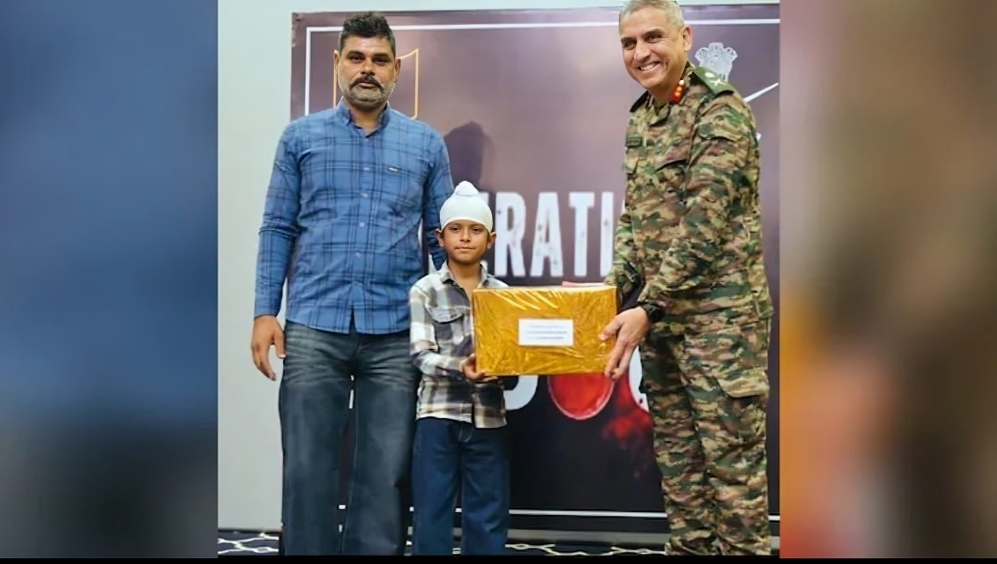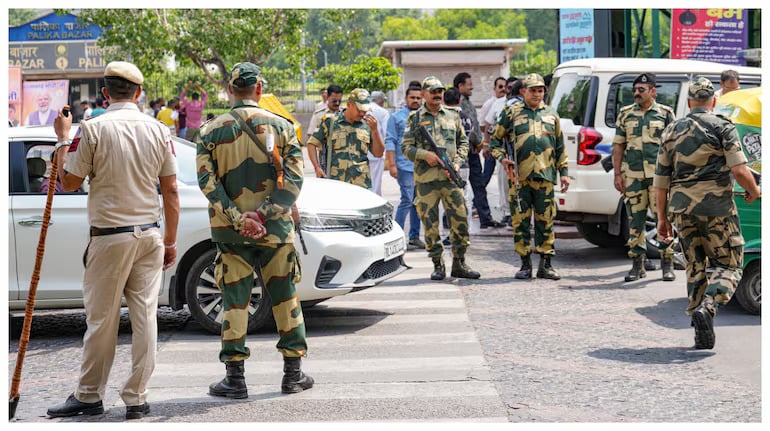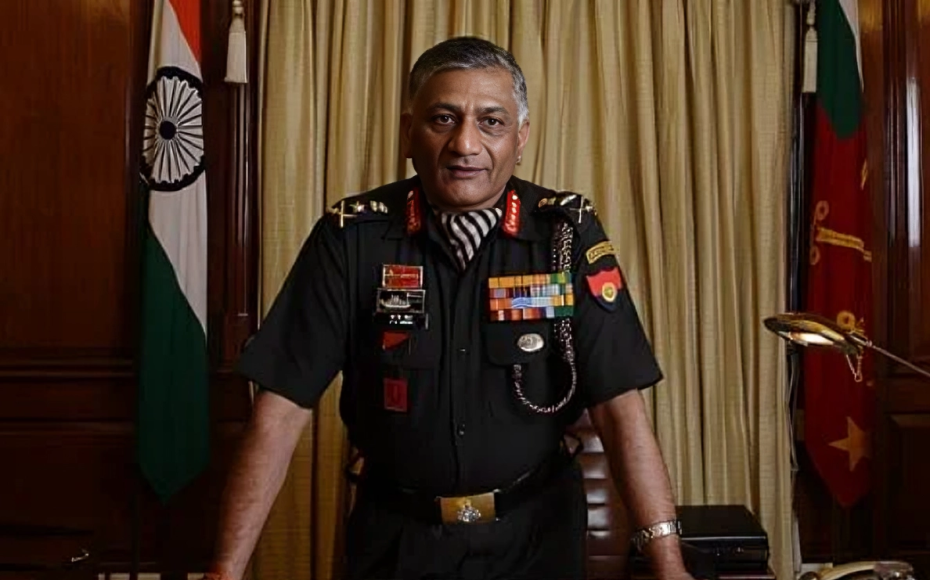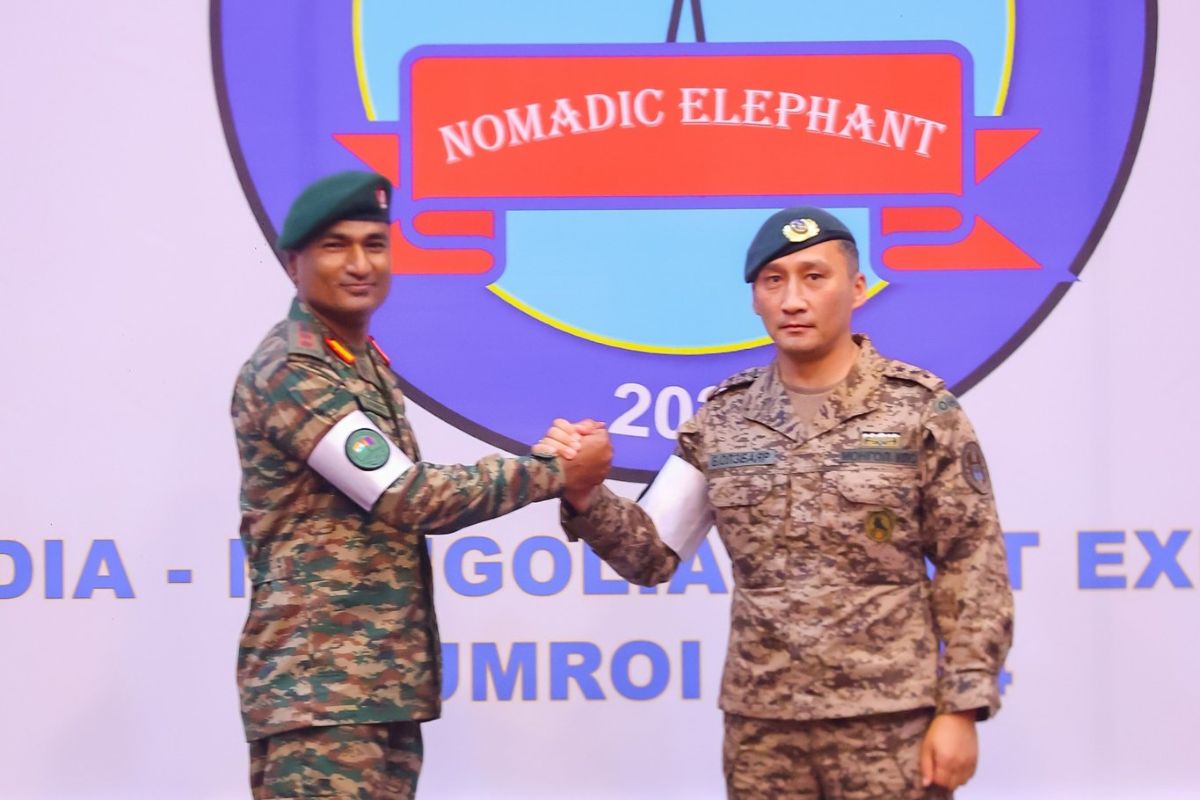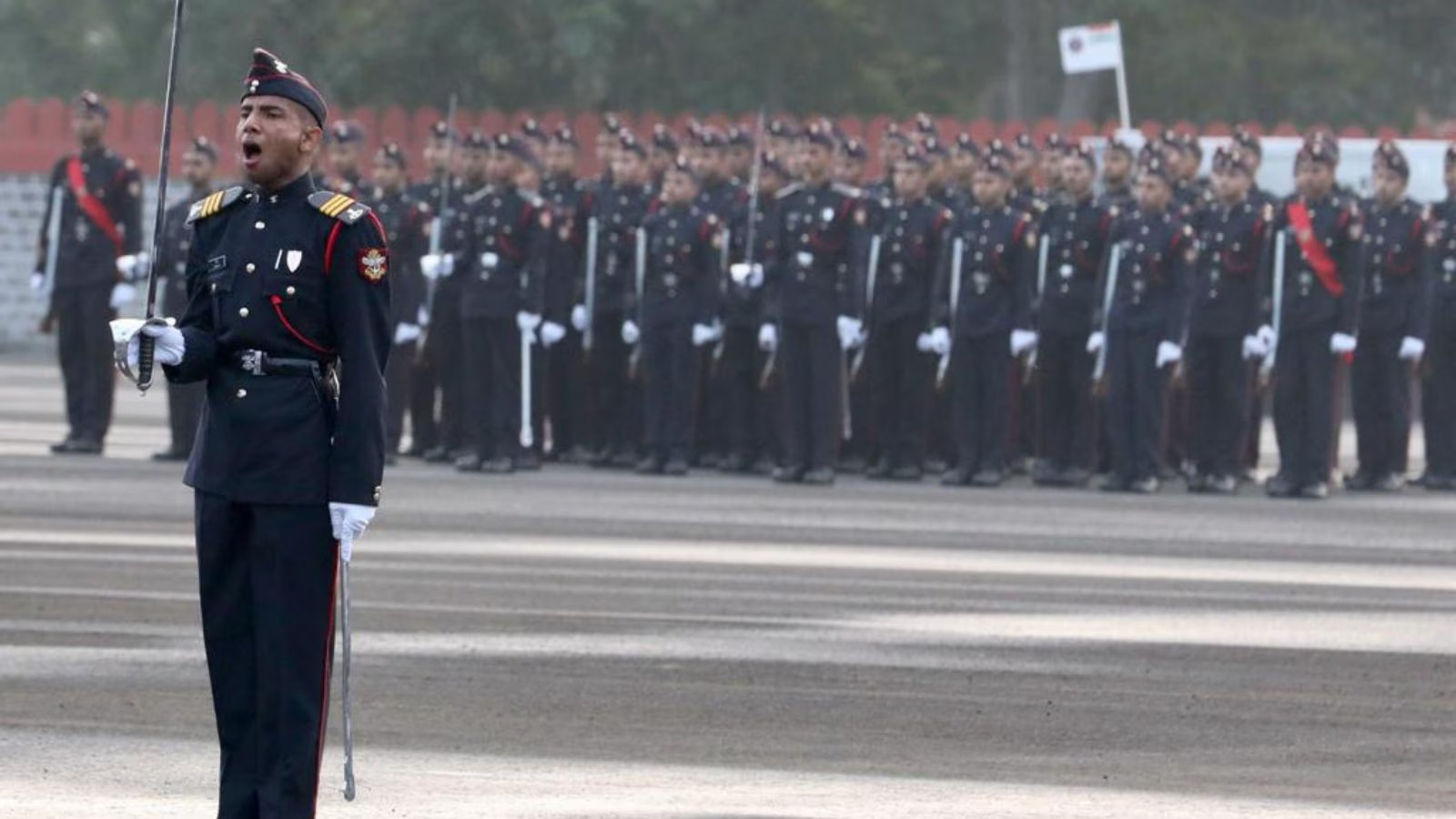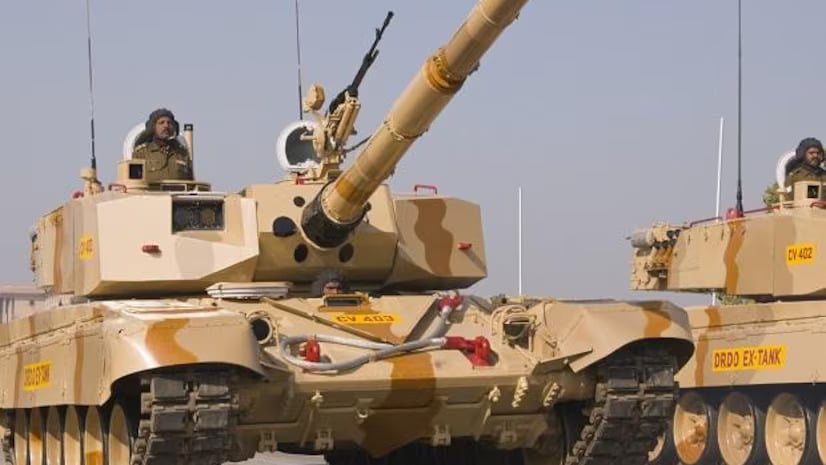Indian Army Honors 10-Year-Old Boy for Courageous Support During Operation Sindoor
The Indian Army has honored 10-year-old Shravan Singh from Tara Wali village in Punjab’s Ferozepur district for his courageous and…
‘Operation Shield’: Mock Drill in 4 States and 2 UTs Tomorrow Amid Tensions With Pakistan
A large-scale civil defence mock drill ''Operation Shield' is set to take place in four key Indian states bordering Pakistan…
Meet Former COAS General VK Singh: The Reviewing Officer for NDA 148th Course POP on 30 May 2025
General Vijay Kumar Singh (Retd.), former Chief of Army Staff and senior Indian politician, represents a rare blend of military…
India and Mongolia to Strengthen Defence Ties with ‘Nomadic Elephant 2025’ From May 31 to June 13
The Indian Army and the Mongolian Army are set to hold the 17th edition of their joint military exercise, Nomadic…
NDA Passing Out Parade To Be Held on 30 May 2025: All You Need To Know About The Event in Advance
The National Defence Academy (NDA) in Khadakwasla, Pune, is the cradle of military leadership in India. Each year, young cadets…
India Exports Defence Equipment to 90 Countries: MoS Defence Sanjay Seth
Marking a significant milestone in its journey toward self-reliance in defence, India has now emerged as a global exporter of…

